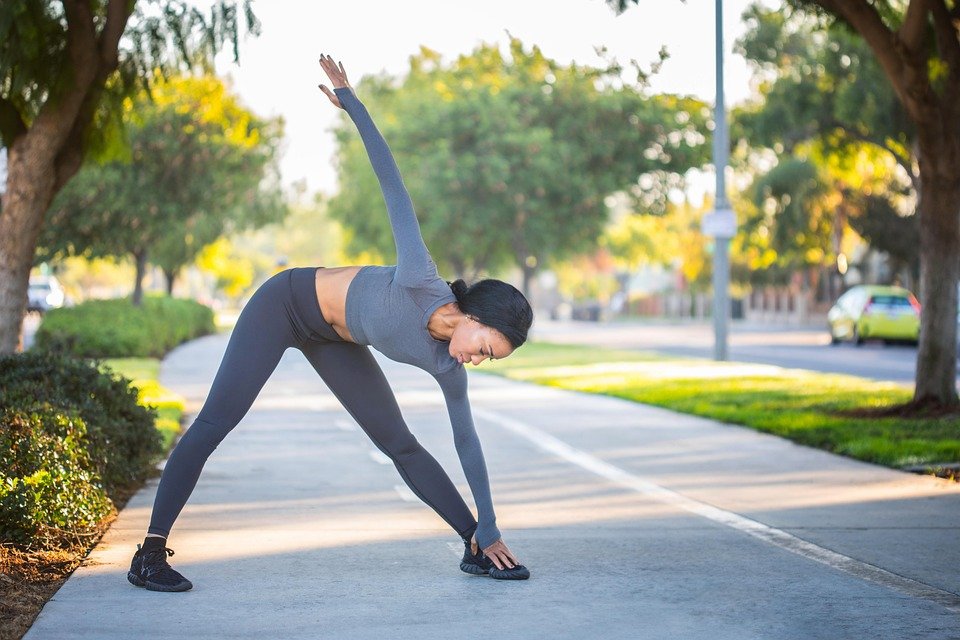Every now and then a muscle group needs a jolt of something intense – a workout you’ve never done before that will spark new muscle growth and strength. Below is just such a workout for the shoulders. The routine gets going with a brief but brutal rest-pause scheme for overhead dumbbell presses, then finishes off all three delt heads with a shrug, a flye and a face pull for high reps. Before getting into the workout, make sure your shoulders are warmed up with some light lateral raises and overhead presses. Then, have it at.
The Rest-Pause Training Method
Benefits of Rest-Pause Method:
- Shortened rest periods increase the intensity, release more natural muscle-building hormones and charge resting metabolism rates for hours after the workout is over.
- Increased mental toughness.
- Increased workout efficiency,
- High impact
- Decreased Time in the Gym.
Benefits of Reps-Based Method:
By only focusing on the targeted rep range, you simplify the workout and can concentrate on each set and each repetition.
Because each set does not have a fixed number of repetitions, you only perform quality reps and terminate the set when form breaks down.
The Rest-Pause Shoulder Workout
| Exercise | Sets | Reps | Rest |
| Seated Overhead Dumbbell Press* | 1 | 10-12 | 15-seconds** |
| Rest-Pause Sets | 4 | to failure | 15-seconds |
| Snatch (Wide) Grip Barbell Shrug | – | 50*** | 30-45 seconds |
| Rear-Delt Flye (prone on incline bench) | – | 80*** | 30-45 seconds |
| Face Pulls with External Rotation | – | 60*** | 30-45 seconds |
*Pick a weight that you can do for 10-12 repetitions (and no more) with good form; use that same weight for all rest-pause sets as well. The goal with overhead dumbbell presses is to get a total volume of around 25 repetitions – 10-12 on the initial set and 13-15 combined on the four rest-pauses.
**Rest should be closely monitored and should not exceed 15 seconds or 10 deep breaths.
***For the Reps-Based method, you will try to get the total number of repetitions in the shortest amount of sets possible. If the exercise calls for 50 reps and you perform 15 reps on your first set, you have 35 reps left. Don’t rush the reps; focus on quality and a full-range of motion.
Exercise Tips and Secrets
Seated Dumbbell Overhead Press
Perform the press through a full range of motion.
- If the seated position puts a strain on your lower back, spread your feet out wider and place them slightly farther away from the bench.
- Drive your feet downward to anchor yourself into the ground and create full body tension.
- Utilize a partner or stopwatch to keep you accountable to the short rest periods.
Form Tip: Focus on keeping good form and stop one rep short of a ‘grinder’ rep.
Snatch (Wide) Grip Barbell Shrugs
- Move your hands outward on the bar until your index finger is on the outer ring.
- You will need to use lifting straps because your grip will be limited in this position.
- Focus on a full range of motion and try to touch your shoulders to your ears in a straight-line bar path.
- Try not to throw the weight; instead, pull it with constant tension.
Form Tip: Moving your hands out will take your shrugs to the next level and increase the intensity of the movement 10-fold.

Rear Delt Flye (Prone on Incline Bench)
- Lay facedown on an incline bench with a dumbbell in each hand and pull the weight until your arms are in line with your upper back.
- The prone position will limit the potential for “swinging” the weight.
- Focus on controlling the movement in both directions.
Form Tip: Your elbows should be slightly bent, but if you want to make the exercise harder, keep your arms completely straight.

Face Pulls with External Rotation
This exercise will activate and strengthen the muscles in the upper back responsible for posture and optimal shoulder health.
- Grab each end of a rope attachment that’s connected to the top pulley of a cable stack machine with an underhand grip.
- Pull the rope to your neck, and as you get close, externally rotate your hands into a “field goal” position.
- Hold for a one-second count before reversing the movement back to the starting position.
This post is brought to you by: Source link
The Rest-Pause Training Method Shoulder Workout to Spark New Muscle Growth and Definition, 2025-07-29 06:00:00













